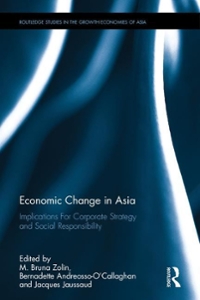Kindly provide clear solutions. Thanks
Outline the main points you would make in a discussion of the statement: The efficient markets hypothesis states that the market price is always correct and therefore it is not possible for investors to make money from investing in shares. [10] An asset is worth 100 at the start of the year and is funded by a senior loan and a junior loan of 50 each. The loans are due to be repaid at the end of the year; the senior one with interest at 6% p.a. and the junior one with interest of at 8% p.a. Interest is paid on the loans only if the asset sustains no losses Any losses of up to 50 sustained by the asset reduce the amount returned to the investor in the junior loan by the amount of the loss. Any losses of more than 50 mean that the investor in the junior loan gets ( and the amount returned to the investor in the senior loan is reduced by the excess of the loss over 50. The probability that the asset sustains a loss is 0.25. The size of a loss, L, if there is one, follows a uniform distribution between 0 and 100. (i) Calculate the variances of return for the investors in the junior and senior loans. 81 (ii) Calculate the shortfall probabilities for the investors in the junior and senior loans, using the full return of the amounts of the loans as the respective henchmarks. [2] [Total 10]Outline the main points you would make in a discussion of the statement: The efficient markets hypothesis states that the market price is always correct and therefore it is not possible for investors to make money from investing in shares. [10] An asset is worth 100 at the start of the year and is funded by a senior loan and a junior loan of 50 each. The loans are due to be repaid at the end of the year; the senior one with interest at 6% p.a. and the junior one with interest of at 8% p.a. Interest is paid on the loans only if the asset sustains no losses Any losses of up to 50 sustained by the asset reduce the amount returned to the investor in the junior loan by the amount of the loss. Any losses of more than 50 mean that the investor in the junior loan gets ( and the amount returned to the investor in the senior loan is reduced by the excess of the loss over 50. The probability that the asset sustains a loss is 0.25. The size of a loss, L, if there is one, follows a uniform distribution between 0 and 100. (i) Calculate the variances of return for the investors in the junior and senior loans. 81 (ii) Calculate the shortfall probabilities for the investors in the junior and senior loans, using the full return of the amounts of the loans as the respective henchmarks. [2] [Total 10]







